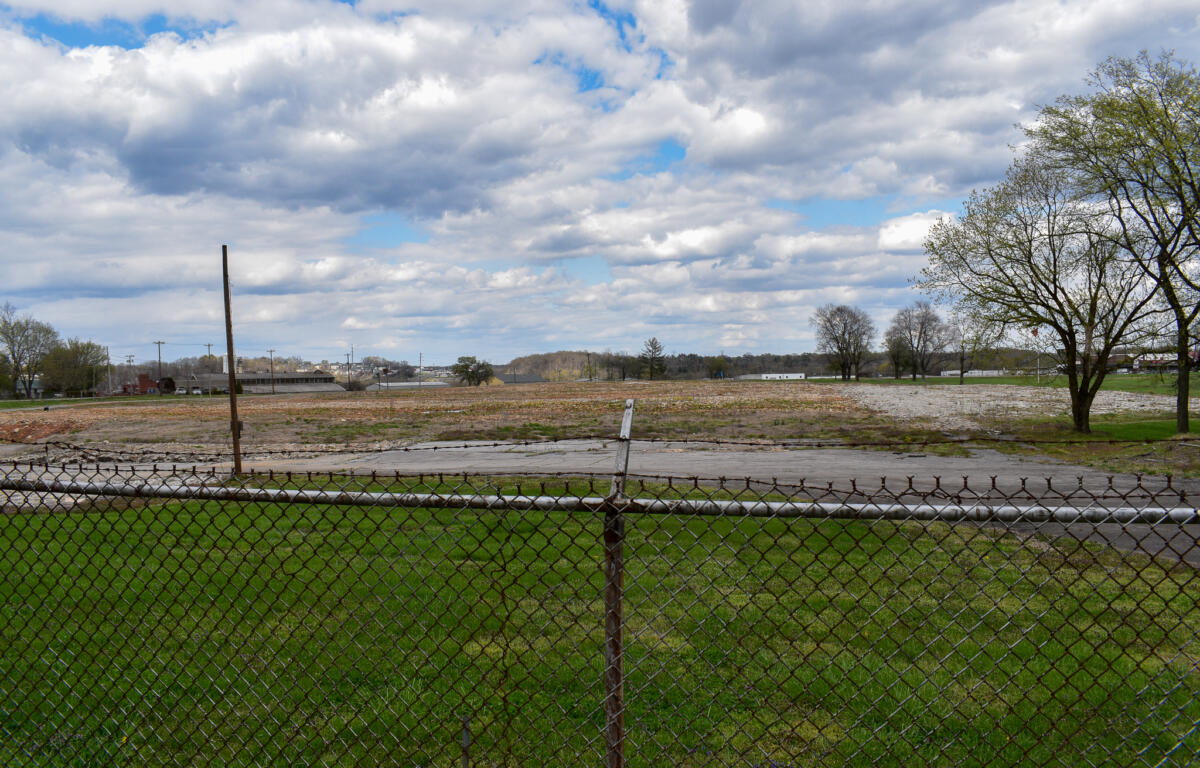CLARKSVILLE, TN (CLARKSVILLE NOW) – The Economic Development Council has proposed four new commercial redevelopment districts that they hope will spur new growth in underutilized areas of downtown.
The EDC defines a redevelopment district as a localized area designated by the county and city government that is challenged or underutilized with growth potential. The four proposed districts are the Vulcan Frosty Morn District, the River-Marina District, the Two Rivers Mall District and the River/Turnbridge District. These zones are based on the 2030 Smart Growth Plan and are limited to commercial development.
Each zone is a transportation node and is either challenged by flood zones or is formerly industrial.
On May 11, the Clarksville-Montgomery County Industrial Development Board approved the City of Clarksville’s development of the old Frosty Morn site as the project within the Vulcan Frosty Morn District, with action to follow by the City Council and County Commission.
Incentivizing improvement
Clarksville Now spoke with EDC CEO Buck Dellinger, who has previously worked on redevelopment districts in Nashville. He said these districts allow leaders to look at development as a whole, rather than one project at a time, so as to better plan for the future.
Dellinger added that redevelopment districts can help bring much-needed amenities to adjacent neighborhoods, including retail and grocery stores.
“We’ve got to create more income from an employment and residential standpoint to attract businesses,” Dellinger said. “Because those guys are looking neighborhood to neighborhood and business space to business space on what is the income level, and what is the amount of money flowing, to go ‘This is where I want to put a store.’ It’s a very data-driven scenario. … What we’re trying to do is incentivize improvement.”
He added that redevelopment districts can help to make Clarksville more walkable, particularly through improvements to the Greenway.
“We want to go from Ashland City to Fort Campbell, where you can go on a bike from Ashland City to Fort Campbell. It’s possible, and everything is more walkable.”
‘How do you make that start?’
Redevelopment districts also open the possibility of tax increment financing (TIF) zones, which offer developers a chance to recoup tax money on projects that would otherwise be undesirable.
“When (developers) are looking for the easiest place to develop, they’re not going to go to a flood zone or a former industrial area. They’re going to go farther out in the county or somewhere else. How do you make land that is not easy from a financial standpoint to redevelop – how do you make that start?”
Dellinger referenced the Willoughby apartment project on Madison Street as an example of what TIF can accomplish.
“Nobody was biting on it ’til we gave her a couple thousand dollars out of her taxes to make it work. Now we’re trying to do that on a district level.”
Clarksville character
Dellinger said his time in Nashville taught him how to go about creating an environment for re-development and improvement. He has been involved with high-profile projects including Nashville’s downtown Broadway area and the Gulch.
However, he said, the EDC is very aware that Clarksville is not a metropolitan area in the same way as Nashville, and it will require its own approach.
“Everything that we’re going to do is going to be Clarksville character and Clarksville historic,” Dellinger said.
When asked what communities he looks to for inspiration, Dellinger said Greenville, South Carolina, and Chattanooga are doing a lot of good things that Clarksville could take notes from.






